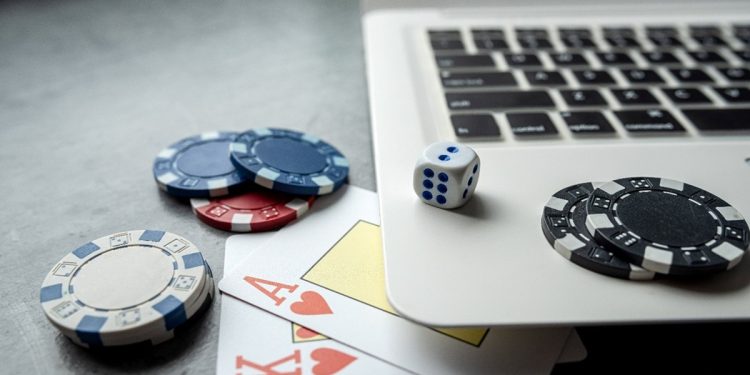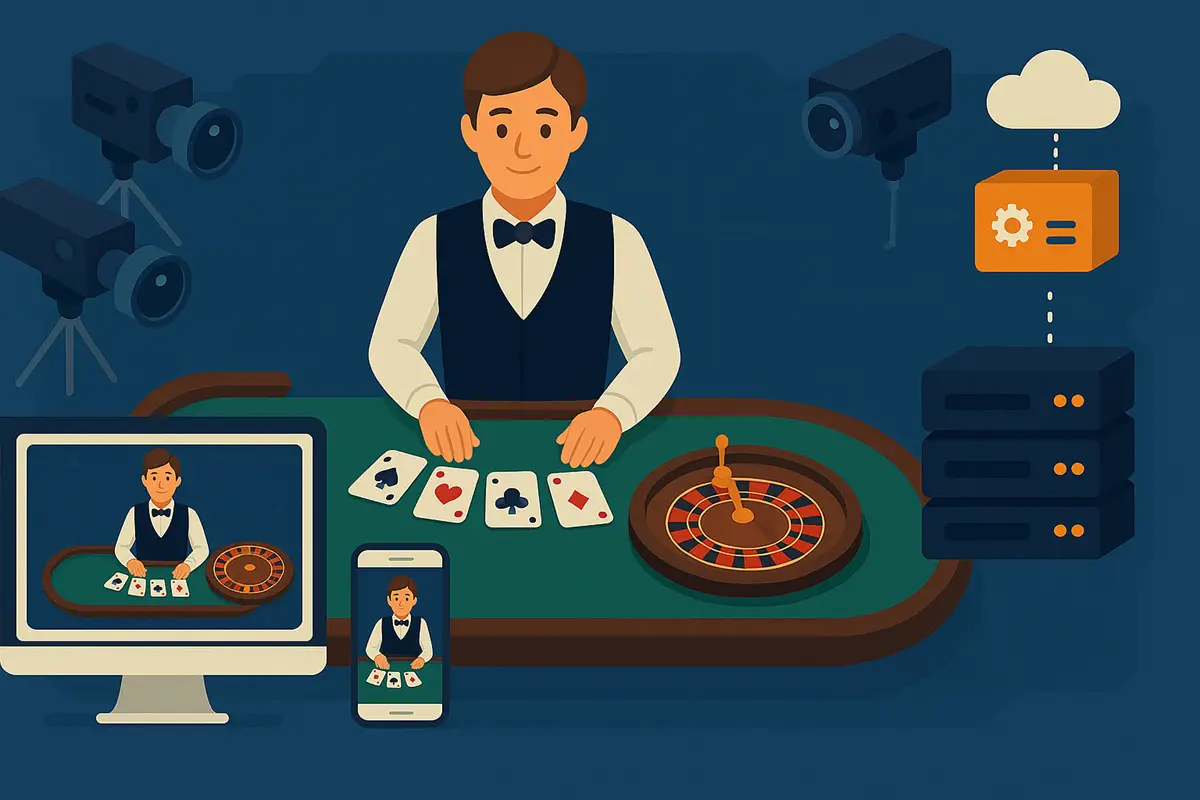Live Casino Technology Explained: The Tools Behind Casino Gaming

The digital evolution of casino gaming began in earnest during the 1990s with the arrival of the internet, and today, platforms such as VirginBet free bet casino feature a wide selection of free bet casino games, made possible by modern technological advancements.
Classic games such as Blackjack, Roulette, and Baccarat were reimagined for online play, with significant emphasis placed on ensuring outcomes remained genuinely random.
While the concept of blending real-world dealers with online interactivity was floated during that decade, the available technology was simply not advanced enough to support live casino games.
Today, that limitation has been overcome, and players can now access a range of live dealer games through various platforms.
In this article, we take a look at the key components behind the scenes that keep live casino games running smoothly and fairly.
Live Streaming technology
Back in the 90s, even loading a short video clip could be a challenge for early internet connections. The notion of broadcasting a live game table with interactive elements was far from feasible. Fast forward to today, and live streaming is a standard feature, even on mobile devices.
Live casino games utilise multiple high-definition (and in some cases, 4K) cameras to capture every angle of the game table.
Players can view the cards being dealt or the roulette wheel spinning from different perspectives, enhancing visibility of the game components and the dealer’s actions.
To ensure seamless interaction, modern live streaming systems are built on low-latency protocols, meaning there is minimal delay between what’s happening at the table and what appears on your screen.
Game control unit (GCU)
An essential piece of technology found at every live table is the Game Control Unit (GCU). It’s a compact device that performs a critical role: encoding the video feed and ensuring it stays synchronised with the online game software.
The GCU acts as the central processing hub for translating the physical actions of the dealer—such as dealing cards or spinning the wheel—into a format that can be instantly interpreted and displayed to players online.
Without it, dealers would need to input outcomes manually, making live games slower and more prone to human error.
Optical Character Recognition (OCR)
OCR technology works in tandem with the GCU. It scans the video feed and converts the visual information—such as the face of a playing card, the result on a Roulette wheel, or the outcome of a dice roll—into digital data.
This conversion is essential because the software running the live casino game cannot understand raw video footage. By translating visual elements into readable data, OCR ensures that outcomes are instantly processed and displayed correctly. It also eliminates the risk of manual input errors, as the process is fully automated and verified in real time.
Beyond the Video Feed
Live casino games are more than just a camera in a studio. They rely on a carefully coordinated system that includes user interface software, encryption protocols for secure transactions, and back-end infrastructure to track game history and maintain regulatory compliance.
In many cases, studios are located in jurisdictions with strict gaming regulations, ensuring fairness and oversight in how games are conducted.
Players engage with the live dealer through an online interface that includes betting options, chat functions, and real-time result updates.
The interface is also optimised for mobile and desktop play, allowing seamless access from a variety of devices.










